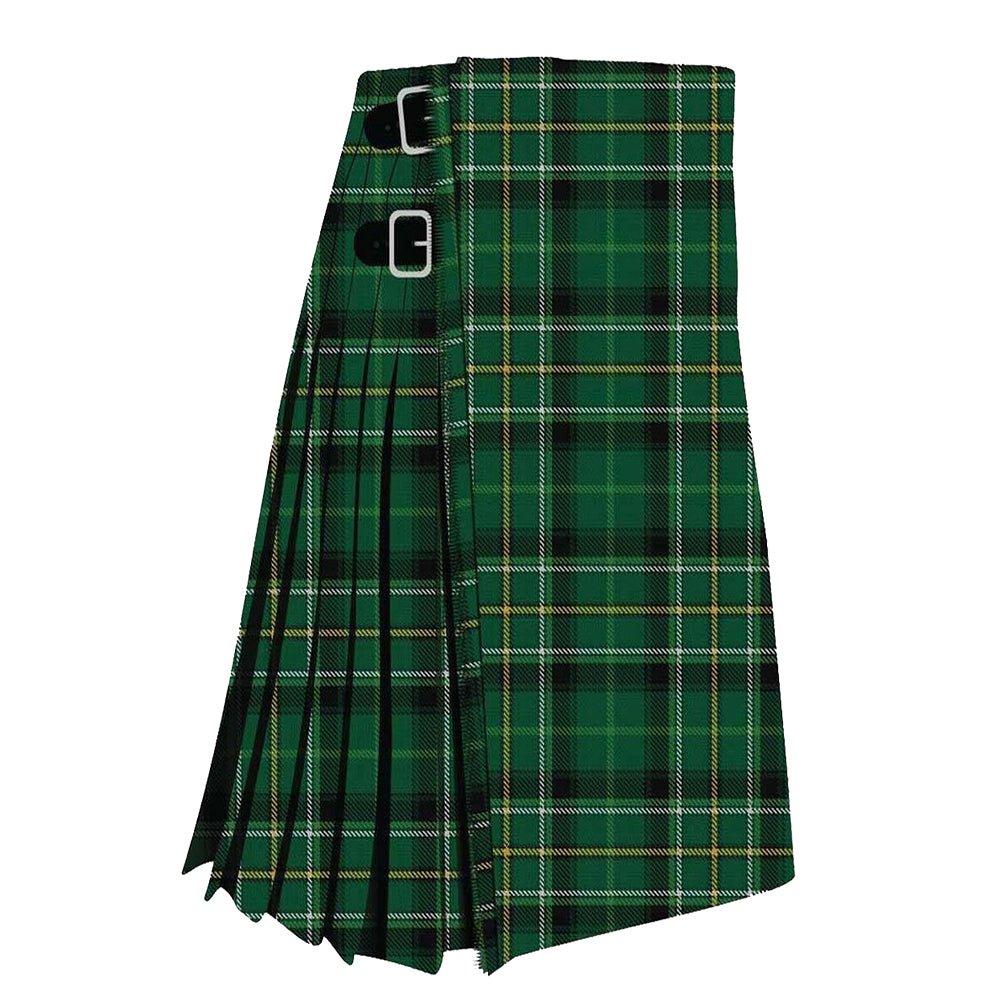

Celtic Tartan Kilt Embrace Scottish Tradition
The Celtic Tartan Kilt is more than an article of clothing; it is a traditional symbol treasured dearly by Scotland, inlaid within the very fabric of Scotland's history and culture. It represents and symbolizes a Scottish heritage born and hewn from Scotland's rugged hills and clans.
In former times, the term "tartan" simply referred to the woolen cloth woven in a peculiar pattern by a clan, serving a very practical purpose given Scotland's not very warm climate. Later it came to be used synonymously with the pattern itself and with the fabric, and nowadays often stands for Scottish identity.
It was during this time that the tartan, as we see it today, finally became the kilt which we know today. The kilt began as a Great Kilt or belted plaid, which was basically a cape-like garb of tartan wrapped around the body. This cumbersome garment was gradually transformed into the two-piece tailored kilt by the pleats sewn up the back and the flat apron-like front.
Towards the end of the 18th century, the kilt had developed into a national dress peculiarly worn by the Highland clansmen. Every clan has a tartan design different from another, which not only served as a mark of identity but as a silent language among Scots.
In the 19th century, fueled further by literary pursuit and patronage by the royal family, this romanticization of Scotland history and culture made kilt-wearing even more the rage in Britain and throughout the world. It became quite a symbol of pride in Scotland with a link to its long Celtic past.
Now the Celtic Tartan Kilt is being used for ceremonial, wedding, or Highland games occasions so that they should not lose such a magnificent heritage. The design and patterns are well preserved by the Scottish weavers to honor the clans and their historical pasts.
In a nutshell, the Celtic Tartan Kilt is not just a garment but living testimony of the survival of Scotland's culture much into the future. From being a handy thing to be worn on the human body to becoming an iconic symbol, it represents Scotland's resilience and pride; therefore, the piece of history cherished by Scots and admired by people worldwide.
Choose options


